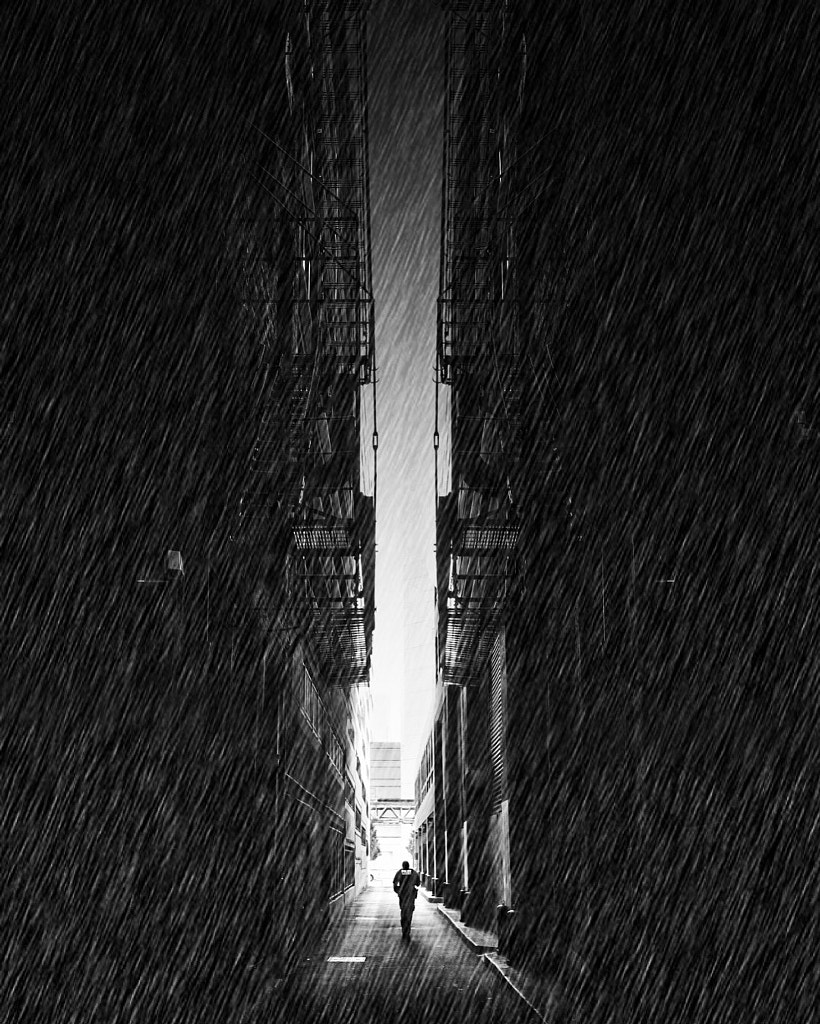Elsa Dorfman, the photographer best-known for her portraits captured with a 20×24-inch Polaroid camera, passed away this week at the age of 83. We wrote a little bit about her in our January newsletter, in reference to Errol Morris’ delightful documentary from 2017, The B-Side: Elsa Dorfman’s Portrait Photography.
Living in Cambridge, Mass. (the hometown of Polaroid), Dorfman was a master of the Polaroid 20×24 large-format camera, a behemoth of which only a handful were made. Over the course of 30+ years, Dorfman photographed family members and celebrities in her studio with the large camera, usually preparing two photographs on the instant-film format: one for her and the other for her subject. Now, as supplies of the film are drying up, and with her own advancing age, Dorfman is winding her studio down. (If you’d like a deeper dive into Dorfman and her work, Harvard Magazine did an extensive feature on her, “The Portraitist,” a few years ago.)






